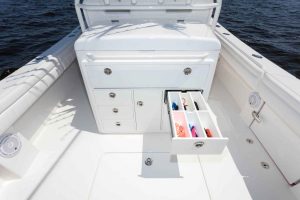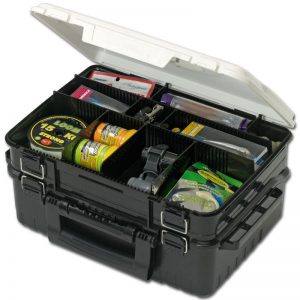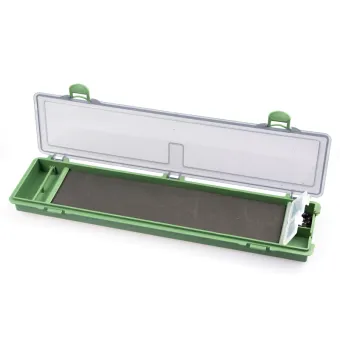Fishing Rig Storage
 Efficiently storing fishing gear is essential for maintaining its condition and ensuring readiness for your next fishing trip. Here’s a condensed guide to optimal fishing rig storage:
Efficiently storing fishing gear is essential for maintaining its condition and ensuring readiness for your next fishing trip. Here’s a condensed guide to optimal fishing rig storage:
Long Fishing Rods: Store rods upright in a tackle box or closet to prevent damage. Innovative solutions like hanging rods with a pool noodle inside a closet door protect against bending and stress.
Carp Rigs: Use waterproof, tightly sealed containers such as zip lock bags or plastic crates for carp rigs. For smaller rigs, refrigeration can preserve conditions, emphasizing the need for moisture prevention.
Pre-Rigged Leaders: Keep them organized in a tackle box or a ventilated plastic bag to avoid tangles. This ensures pre-rigged leaders are ready for immediate use, saving time and hassle.
Carolina Rigs: Store these versatile rigs in segmented tackle boxes to keep components organized and prevent tangles. Dry storage is crucial for maintaining component integrity.
 General Tips: Label storage containers by rig type and usage. Regular maintenance checks for wear or damage and ensuring gear is dry before storage are key practices.
General Tips: Label storage containers by rig type and usage. Regular maintenance checks for wear or damage and ensuring gear is dry before storage are key practices.
Adopting these storage strategies extends the life of your fishing gear, keeps it in peak condition, and enhances your fishing experience. Proper gear storage is a simple yet effective way to ensure successful and enjoyable fishing adventures to ensure you don’t have tangled rigs. If you must you can view awesome videos on youtube a google company.




